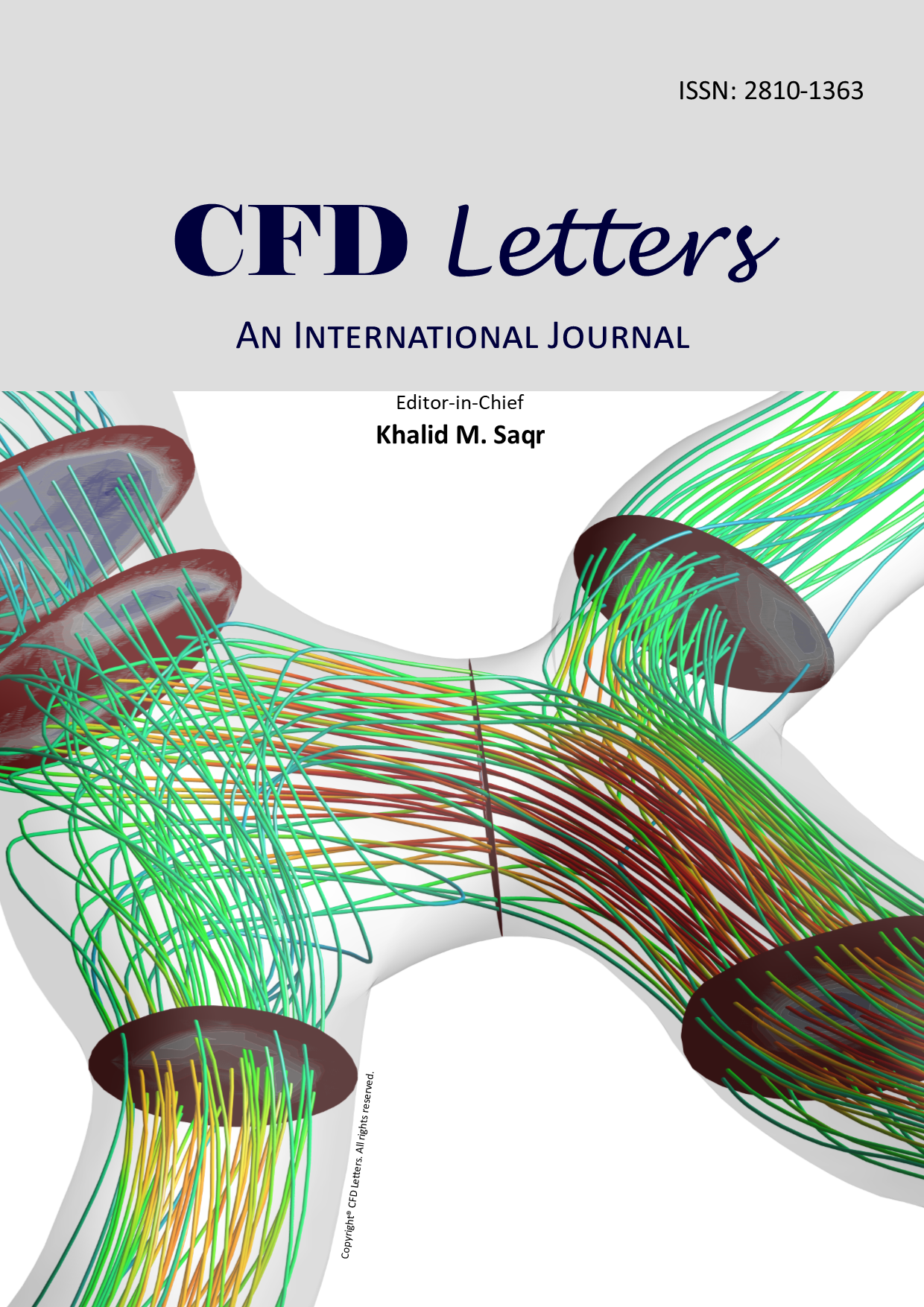Potential of Utilizing Solar Chimney as an Energy Efficiency Measure in Malaysian Hospitals
Keywords:
ANSYS, hospital energy saving, solar chimney, tropical climateAbstract
Many energy efficiency measures were proposed to reduce the high energy demand in hospitals. Solar chimney is a form of passive solar heating and cooling system that can be used for temperature regulation and ventilation of a building This paper explores the solar chimney’s performance in terms of air changes per hour (ACH) in Malaysian tropical climate were thus, investigated for its feasibility in Malaysian hospitals. A 2D CFX model is simulated at four different times (8 am, 10 am, 2pm and 4 pm). Openings provided at the bottom and top of the chimney and at the right of the cabin with dimension of 1 m located 1 m from the floor level to allow air with room temperature to enter the cabin and towards the solar chimney. Simulations were validated form previous study and the study use solar irradiance from previous study to simulate Malaysia’s solar irradiance and outside temperature. Steady state and laminar flow were used in this study to model air turbulence in the cabin to the solar chimney. The results show that the simulations have been validated and all 4 of different time have been simulated. 2 pm with the highest solar irradiance have the most air changes per hour (ACH), while 8 am with the lowest solar irradiance have the least ACH. Further experimental study is currently ongoing.













